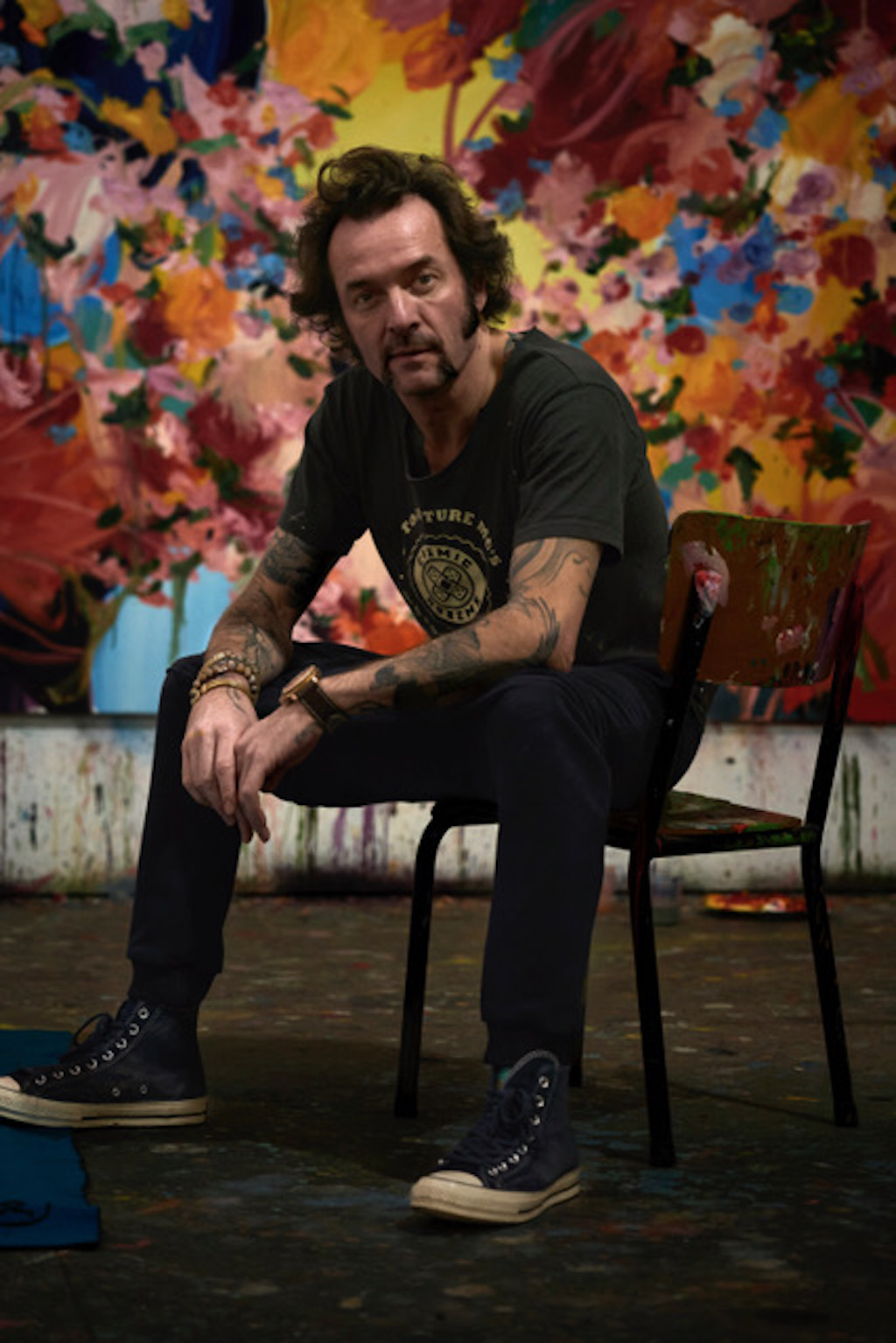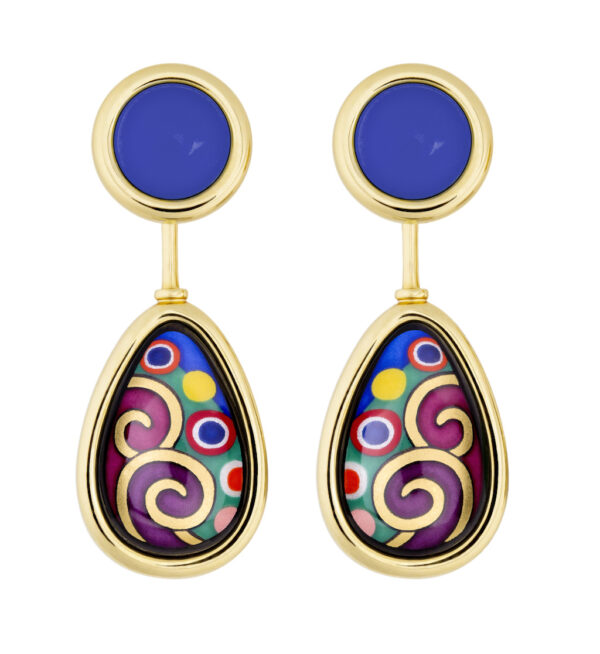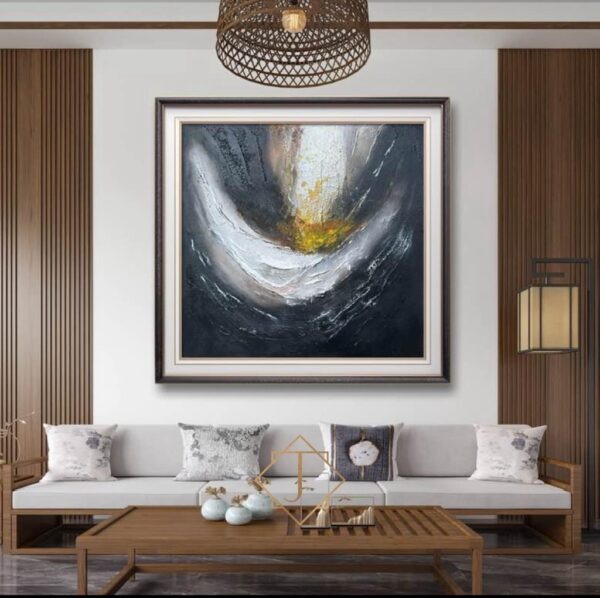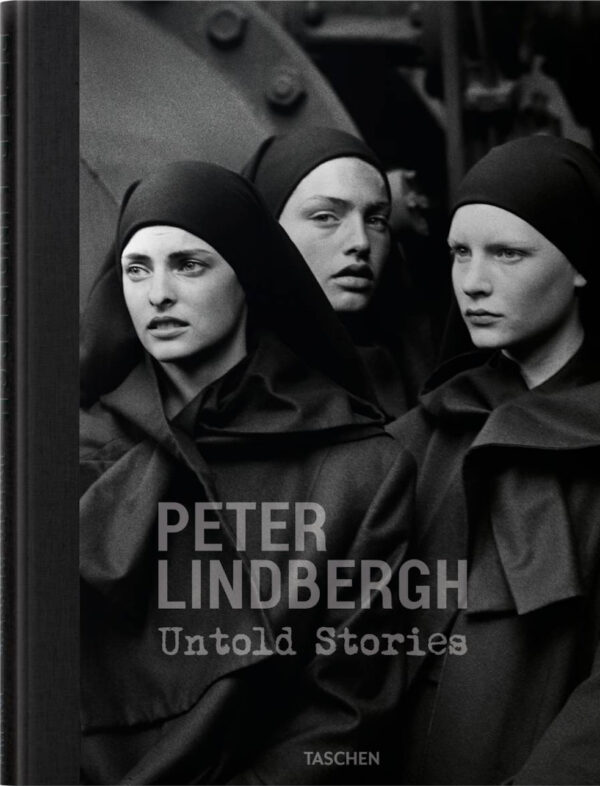Mons (also known as Bergen in Flemish) is one of the cities that Arne Quinze will move in the next months. Not only does The Passenger, the work of art in the historic center, switch the temporary for the eternal; My Secret Garden, a retrospective of his life and work, will also open at the end of May at the Musée des Beaux-Arts Mons (BAM). A life’s work with which he wants to move our cities for the preservation of our planet.
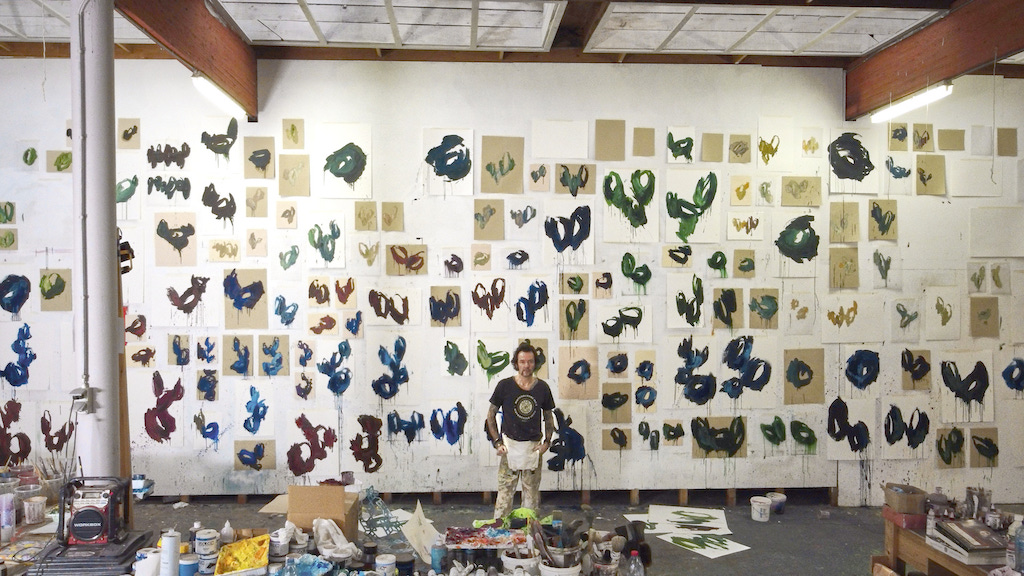
You have been creating a greater ecological awareness in humanity for almost 30 years. When would you feel that your mission has been accomplished?
AQ: “The day when people start building human cities, as diverse and balanced as nature. Not before. Today we build very mineral with a lot of concrete, environments in which we seem to have lost all possible humanity. We are born in a hospital; a very clinical environment. Afterwards we grow up in schools that also have little contact with the outside world and in particular with nature. Next we will work in a stone box. How do you want us to develop fully as human beings? Our gardens all have grass that we don’t dare to grow. We consume the planet in every possible way. Since I was born in 1971, mankind has succeeded in irrevocably eradicating more than thirty percent of fauna and flora. In other words, we must urgently tackle our cities and dare to show them the beauty, the balanced diversity of nature. Ten years ago, I first planted a biodiverse plant mix around my house. In the meantime, more than 25,000 plants are growing and blooming around the studio in Sint-Martens-Latem and adjacent public land. Today we manage to plant half of the gardens where we place a large statue with a mix of flowers. We hope to be able to plant as many canals, fields and squares as possible with the schools in the area by early next year. Roadside culture hardly exists in our country anymore and due to the monocultures on the fields, biodiversity is disappearing while it is of vital importance for the insects. Bees, for example, are indispensable for the survival of humanity. That humanity does not want to change and is afraid to change is my biggest frustration. ”
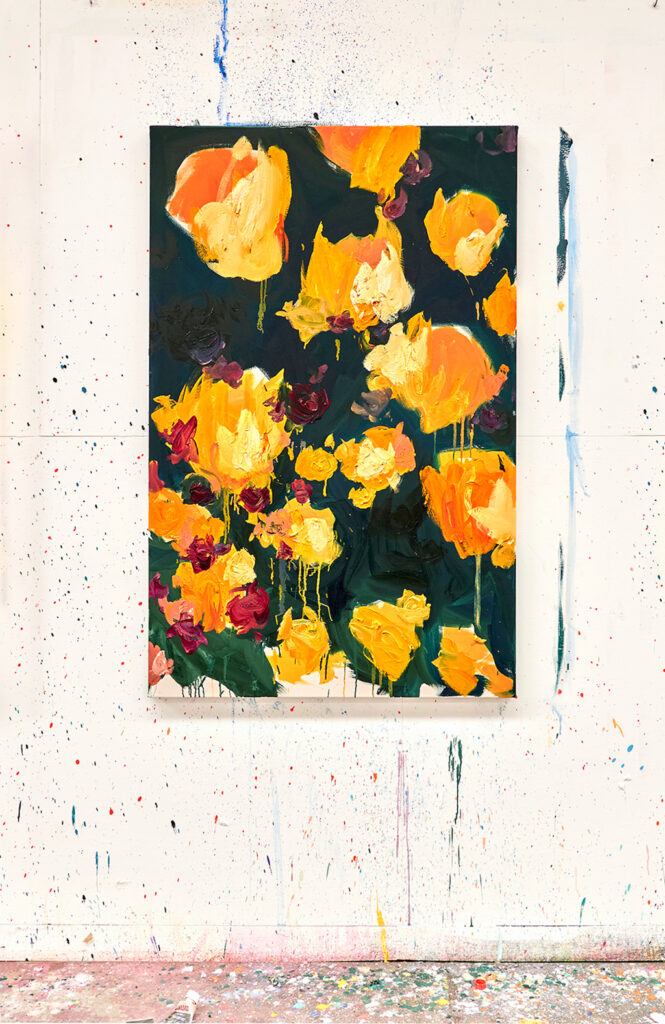
:
Arne Quinze: “I really am a child of nature. I could be a gardener. ”
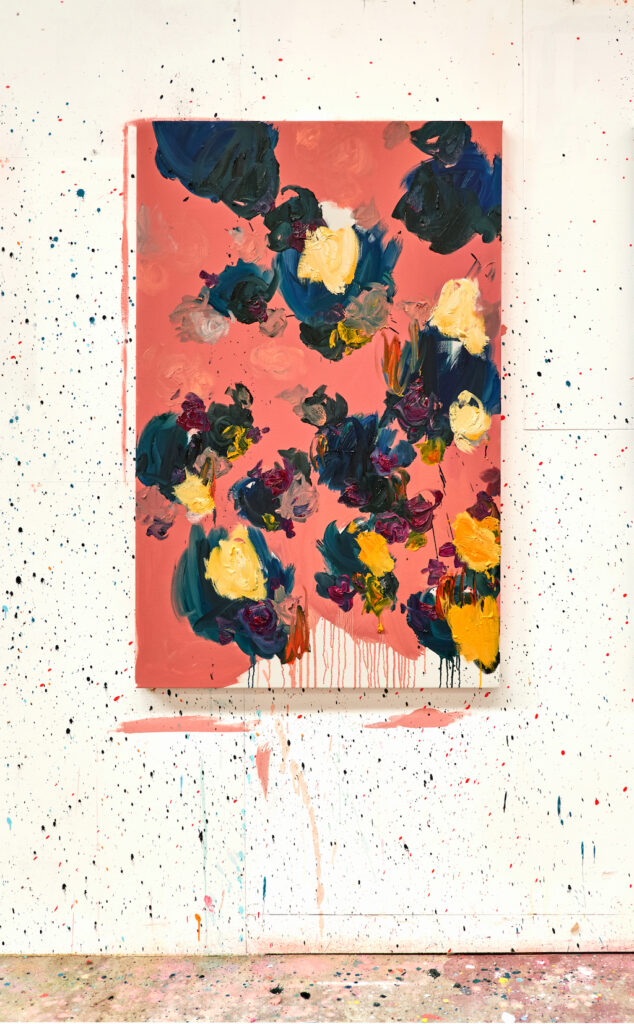
To what extent do you consider yourself a so-called “green boy?”
AQ: “I really am a child of nature. I could be a gardener. The more I can work with my hands in the soil of the garden, the happier I become. I love seeing the four seasons evolve, their coming and going, the diversity and the strength in the fragility. I can be absolutely amazed when I walk around the garden. My garden is my lab, my quest,… which I experience every day as a wonderful world trip. Furthermore, we do everything we can to improve our environment. I try to grow our business as carbon neutral as possible and my next car will be 100 percent electric. I also try to get more green in the city. To this end, we give lectures worldwide to encourage people to tackle and replant cities. Hopefully we can set something in motion with all those little stimuli, because the problem of the well-being of our planet cannot be explained in a lecture or an interview. ”
Speaking of ecology, what will happen to the parts of The Passenger, the artwork in Bergen’s historic center that you two will be tearing down in a few weeks?
AQ: “As always, they are completely recycled. The wooden structure of the art work comes from trees that were planted to eventually be felled for the timber industry. We remove the bolts and then have the beams ground into a kind of pulp to make building boards. As the name ‘The Passenger’ indicates, these works of art only have a temporary character. Actually, this work is a seed that I plant in people’s minds. Once ‘The Passenger’ is gone, the emptiness left by the artwork will be many times greater than the impact of the work when it was there. I hope this work will encourage people to make their public spaces more livable. ”
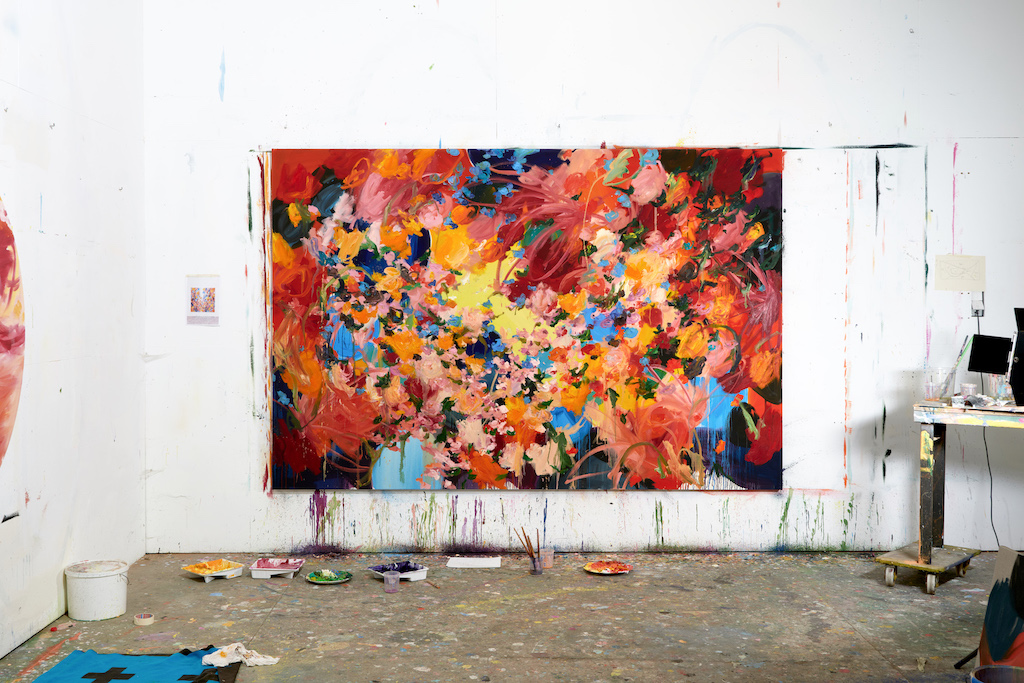
Can you already lift a tip of the veil regarding the solo exhibition in the Musée des Beaux-Arts in Mons (BAM) from the end of May?
AQ: “The museum is presenting a retrospective exhibition about my search from city to nature and how I see it. From my worldwide study of the cities to the sketches to my labs, it will all be on display. Scattered in Bergen – inside and outside the museum – a few aluminum Lupines will be placed. You will be able to discover them via a specific walking route before they move to Berlin. There will also be films and many preparatory models, as well as the final paintings of the gardens. From my graffiti books to my latest works, it will be a nice overview of my oeuvre. ”
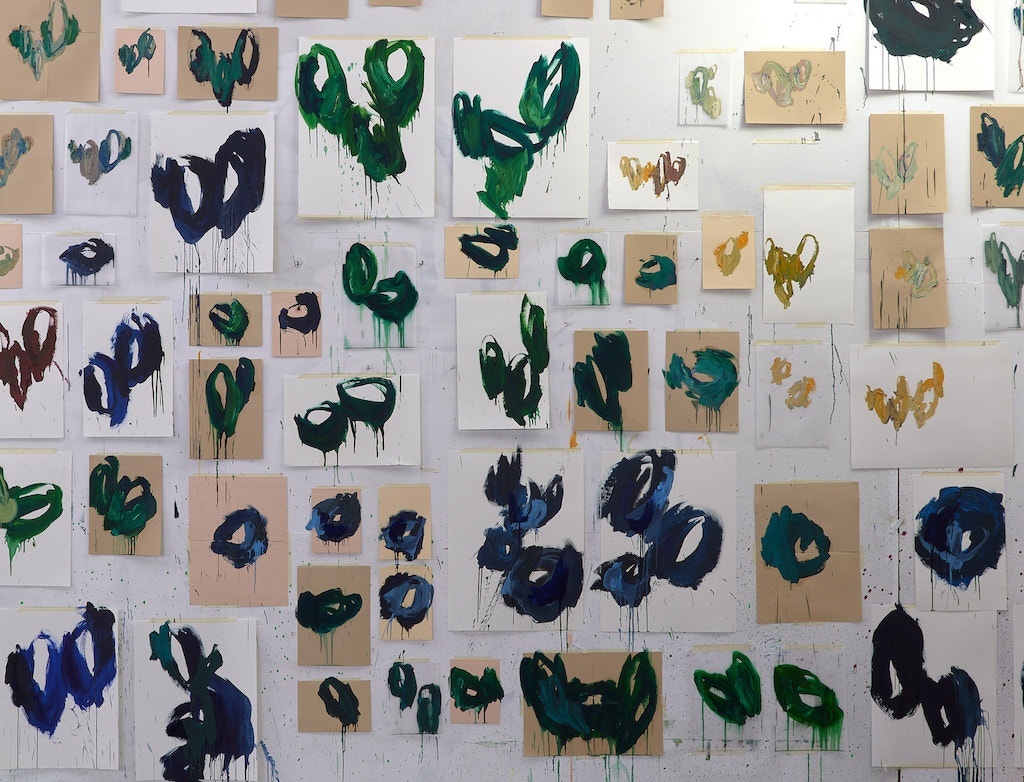
How did this fascination with the lupine come about?
AQ: “In 2019 I participated with a friend in the longest, oldest and most challenging rally in the world. We drove on unpaved roads from Beijing to Paris. When we came face to face with the natural beauty of southern Siberia, I was so impressed by the combination of Tuscan and Swiss landscapes dotted with wild lupines. Northern Kazakhstan, on the other hand, was the complete opposite. That was one big grain field; monoculture. The closer we got to Europe, especially to Germany, the more prominent that monoculture(s) became. That hits me hard. For me these are signs on the wall that we as human beings destroy that natural beauty and thus our own existence. For me, the wild lupine has become a symbol of the pursuit of biodiversity. ”
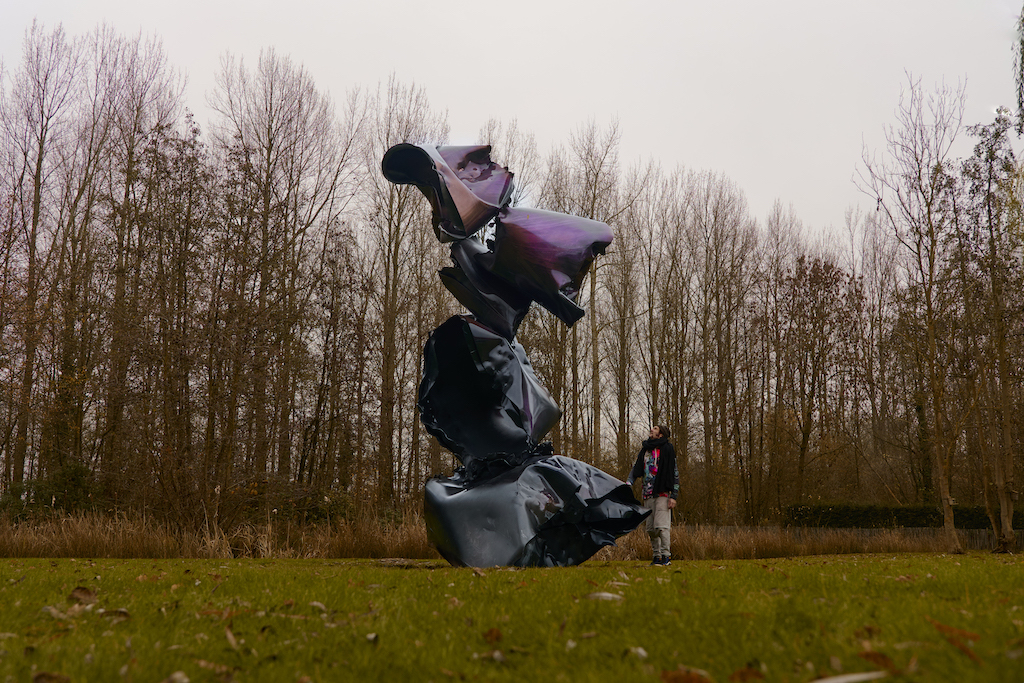
Which foreign projects are in the pipeline?
AQ: “We are currently preparing a 150-meter-long aluminum sculpture in Cairo, which we will build in September. It is inspired by the vegetation of the Nile. Furthermore, in Sao Paolo, we are preparing an 80-meter high statue that will represent all possible tribes from the Amazon forest. They are allowed to hang attributes in it as a kind of manifesto to address the problems surrounding the clearing of the rain forest. After all, that has an impact worldwide. I think we owe Covid a little bit to ourselves. We mine every jungle, every primeval forest, so that we come into contact with organisms with which we actually do not need to come into contact, let alone consume them. And then, when one of those organisms enter our society, panic ensues. Wuhan is one of those other cities for which we are already preparing images, just like Seoul and Singapore. But I don’t want to say more about that yet. ”
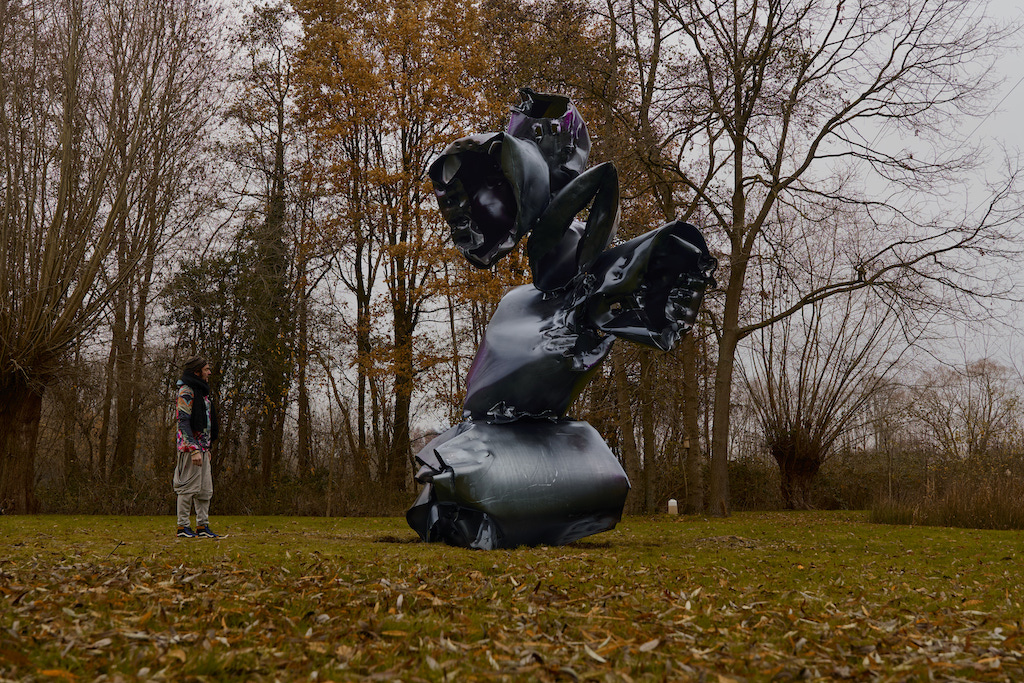
What do you find most difficult about Corona?
AQ: “The hardest part is missing my friends. For the rest I am very creative because during this entire Corona period we have been overwhelmed with requests. By the way, I really enjoyed staying in our workshops constantly. Painted a lot, made many sculptures, worked a lot in the garden. I’m just running out of time. ”
Expo My Secret Garden from 5/29 to 8/29/2021 at the Musée des Beaux-Arts in Mons (BAM).
Info www.arnequinze.com
